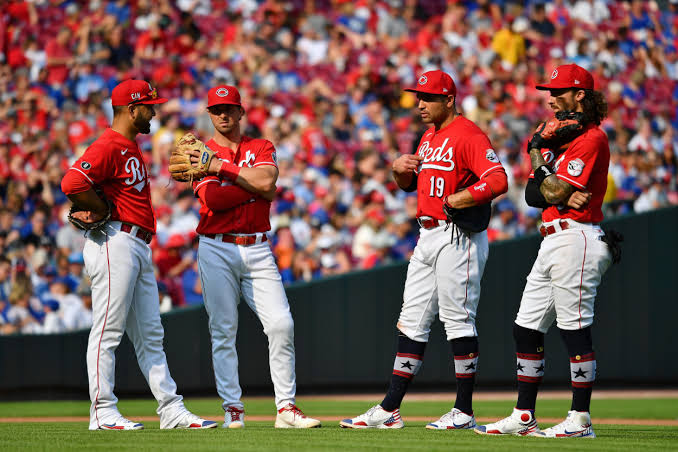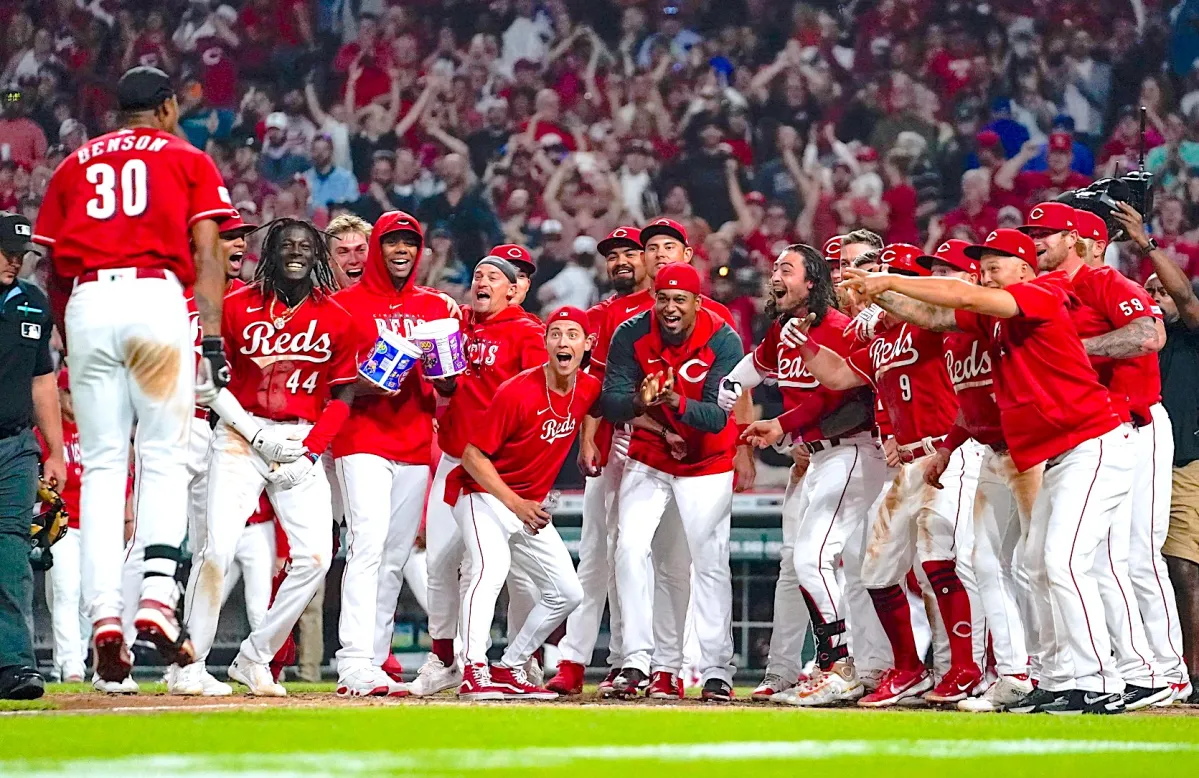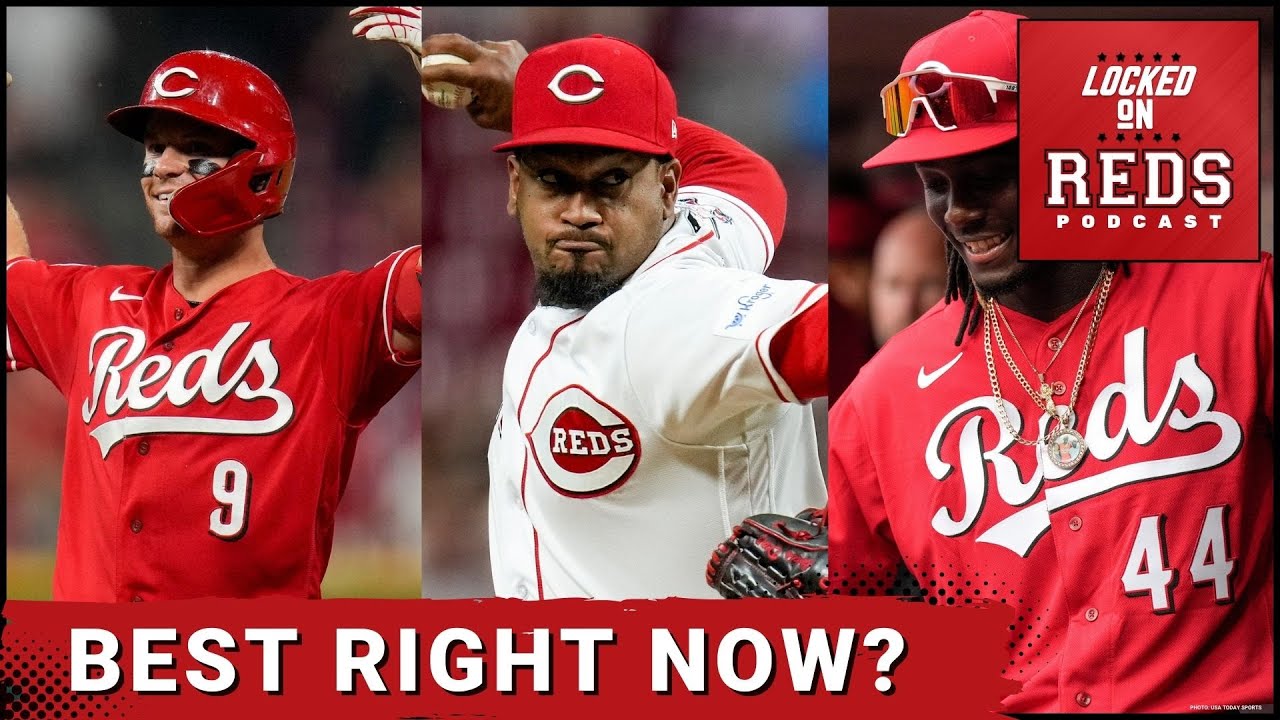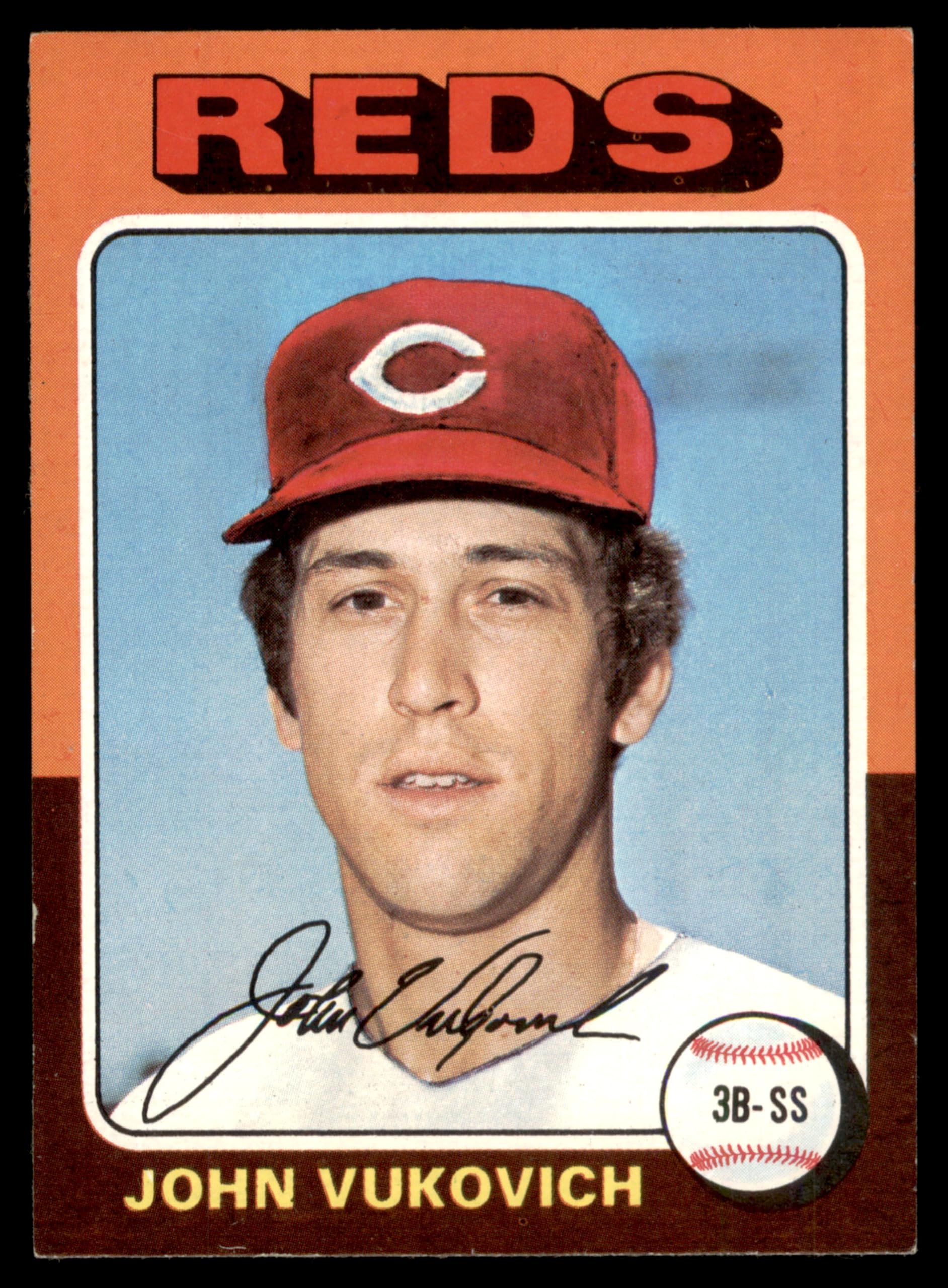In what many around the league view as a high-wire act, the Cincinnati Reds are reportedly on the verge of considering a blockbuster trade that would send two of their most trusted veterans—third baseman Jeimer Candelario and closer Alexis Díaz—along with a significant amount of financial backing, to the Detroit Tigers in exchange for 20-year-old infield prospect Kevin McGonigle, who has yet to appear in a single Major League game.
The proposal, introduced by MLB insider Jim Bowden, has sparked debate among analysts and fans alike, not for its ambition—but for the staggering risk it would represent for a Reds team still in the thick of postseason contention.
A Gamble That Could Define an Era
With the Reds battling in a tight National League playoff race, any move that weakens the current roster is bound to raise eyebrows. And this one? It threatens to do more than that. It risks ripping out a core piece of the team’s foundation at a pivotal moment in their climb back to relevance.
Jeimer Candelario has been more than just a bat in the middle of the order—he’s been a leader, a stabilizing glove at third base, and a model of consistency. With 12 home runs and a reliable presence on both sides of the ball, he represents everything the Reds have worked to build.
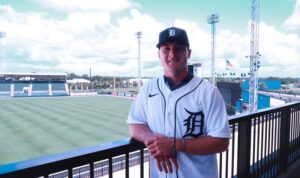
Alexis Díaz, though not as dominant as in years past, remains one of manager David Bell’s most trusted arms in late-game situations. His 17 saves speak to his value. His grit in big moments? Irreplaceable.
And yet, the front office appears to be flirting with the idea of sending both—and possibly more—away, betting their chips on Kevin McGonigle, a young, promising, but unproven infielder who’s yet to take a single swing against Major League pitching.
“It’s the kind of trade that can look brilliant in five years—or blow up your entire competitive window in five weeks,” one anonymous league executive said.
The Weight of the Unknown
Kevin McGonigle is no ordinary prospect—he’s currently ranked 22nd overall by MLB Pipeline and praised for his bat control, plate discipline, and poise well beyond his years. But talent on paper doesn’t win games in October. And for a Reds team that has clawed its way into postseason relevance, the timing of this move would be, at best, precarious.
“You’re trading certainty for hope,” said a longtime Reds scout. “Hope that McGonigle becomes the next franchise cornerstone. Hope that your bullpen holds up without Díaz. Hope that you can replace Candelario’s production on the fly. That’s a dangerous amount of hope.”
A Clubhouse Shift That Can’t Be Undone
Beyond the stats lies a deeper cost—the emotional toll. Both Candelario and Díaz are respected voices in the clubhouse, players who’ve helped reshape the Reds’ culture after years of mediocrity. Removing both mid-season wouldn’t just affect the lineup card. It could fracture momentum, shake confidence, and undercut the chemistry this team has worked hard to forge.
The front office, led by Nick Krall, is now caught in the ultimate dilemma: do you ride with what you’ve built, or do you dismantle pieces of it in pursuit of something you can’t yet measure?
A Risk With No Safety Net
If the deal goes through, and McGonigle blossoms into a star, the Reds may be hailed as visionaries. But if he struggles—or if the loss of Candelario and Díaz derails their 2025 campaign—this move could haunt the franchise for years.
As the trade deadline nears, one thing is clear: this isn’t just a transaction. It’s a calculated gamble with no safety net.
Because in Cincinnati, as in baseball, the cost of tomorrow may come at the expense of everything they’ve built today.
